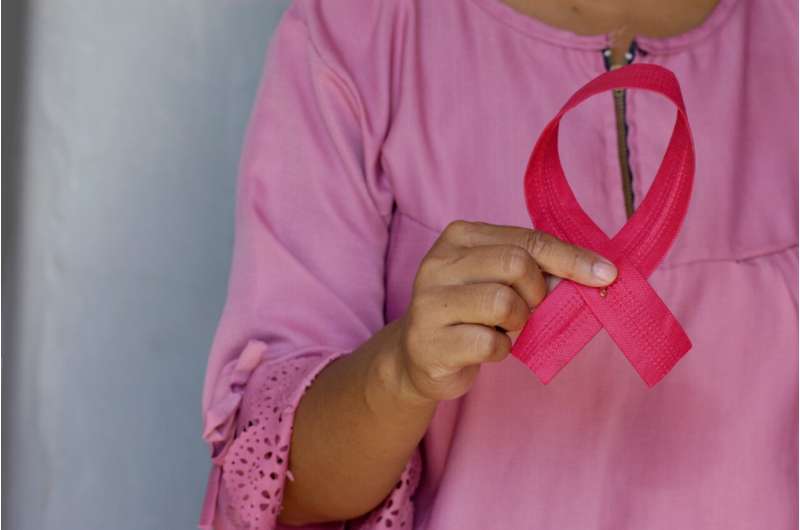How Social Segregation Accelerates the Spread of Infectious Diseases

Research shows that social and economic segregation dramatically accelerates the spread of infectious diseases, highlighting the need for policies addressing inequality to improve pandemic responses.
Recent research highlights the significant impact of social and economic segregation on the transmission dynamics of infectious diseases. Structural inequalities such as wealth disparity and social segregation do not only increase vulnerability among marginalized groups but also facilitate a faster and broader spread of infections across society. A team of international scientists utilized advanced computational models, drawing from extensive socioeconomic and COVID-19 infection data from over 400 US metropolitan areas, to analyze these effects. Their findings reveal that higher segregation levels exacerbate health disparities and lead to more extensive disease outbreaks, contrary to the assumption that segregation might limit transmission. The models indicate that when communities are highly segregated, close contact within groups accelerates outbreaks, making quarantine measures less effective and increasing the risk of rapid infection surges. Furthermore, the research predicts the occurrence of secondary infection waves, especially as higher-income groups prematurely resume normal activities, falsely perceiving safety due to lower infection rates in their communities. Income inequality further amplifies these disparities, with disadvantaged populations experiencing higher infection risks owing to fewer resources for self-isolation. The study also explores hypothetical scenarios where all social groups are uniformly mixed, demonstrating that integrated communities could significantly reduce infection rates. These insights emphasize the urgent need for policies aimed at reducing social and economic disparities to improve public health resilience during pandemics. Addressing these structural issues can help mitigate future outbreaks and protect vulnerable populations.
Stay Updated with Mia's Feed
Get the latest health & wellness insights delivered straight to your inbox.
Related Articles
Impact of Medicaid Unwinding on Medication Treatment for Opioid Use Disorder
A recent study links Medicaid unwinding to reduced initiation and continuation of medication treatment for opioid use disorder, emphasizing the importance of sustained access amidst policy changes.
New Research Highlights Role of Beta Blockers in Halting Triple Negative Breast Cancer Progression
Recent research from Monash University uncovers how beta blockers may stop the progression of aggressive triple negative breast cancer by targeting key molecular pathways and biomarkers, paving the way for personalized treatment strategies.
Uncovering Hidden Genetic Risks in Hispanic/Latino Communities: Lessons from a Dominican Heart Mutation
A groundbreaking study reveals the presence of a critical heart-related genetic mutation among Dominican Americans, highlighting the importance of inclusive, ancestry-aware research in advancing precision medicine.
New Sex-Specific Pathway Uncovered in Melanoma Metastasis with Implications for Female Cancer Therapies
A groundbreaking study uncovers a sex-specific pathway involving E-cadherin loss, ERα, and GRPR that drives melanoma metastasis in women, opening new avenues for targeted therapies.



